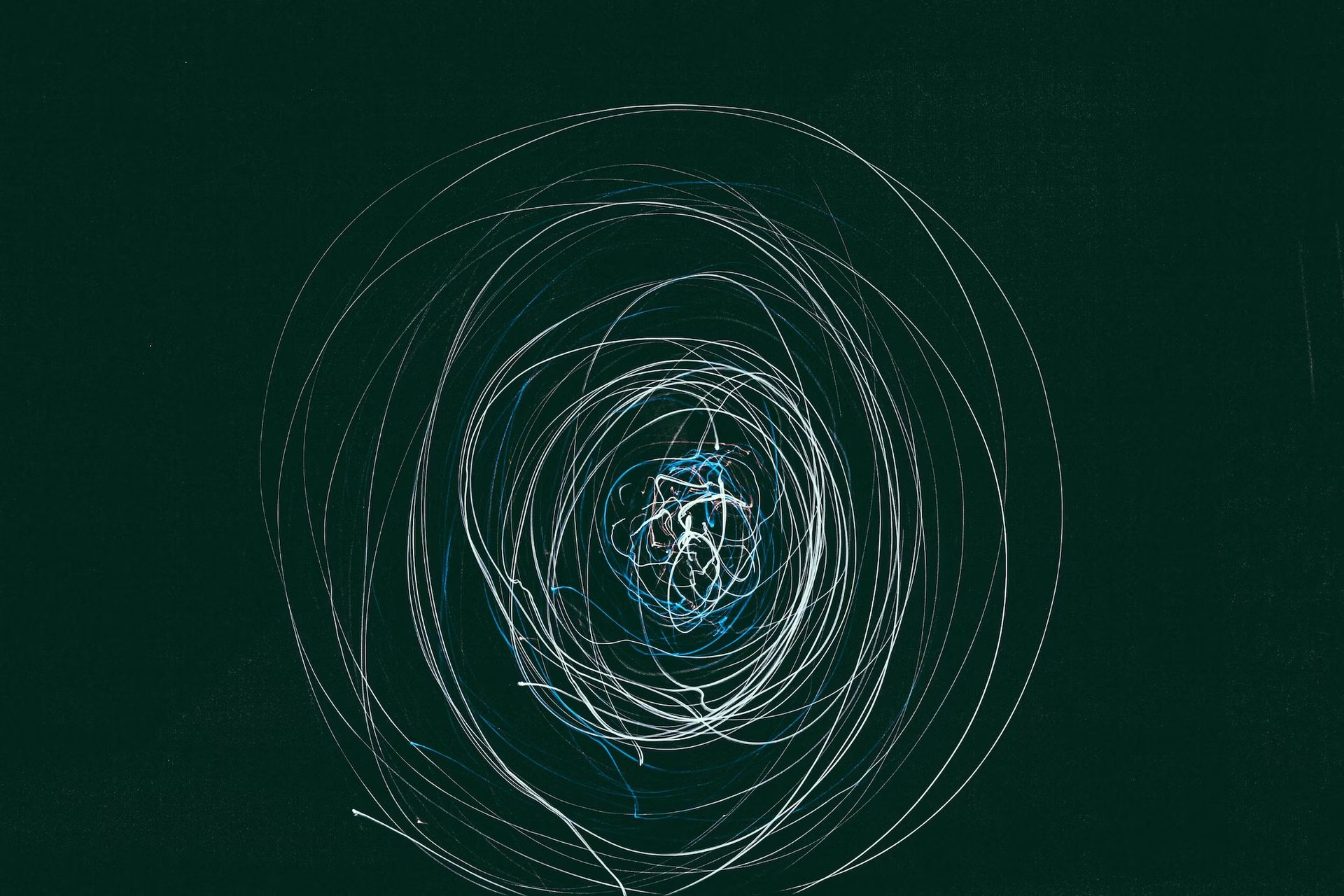The recent Wacom AI art misusage claims taps into a much larger conversation about the role of artificial intelligence in creative industries. The platform’s name has become synonymous with a modern quandary: As AI’s capabilities surge, what becomes of the human touch in art?
The Wacom AI art controversy is heating up
This isn’t the first instance where AI’s foray into art has stirred controversy. Back in June 2023, the AI-generated intro for the series The Secret Invasion became a hot topic. The community’s backlash was palpable when the film’s director, Ali Selim, confirmed to Polygon that the opening titles were AI-crafted by Method Studios. Selim defended the decision, stating that the AI-produced intro echoed the show’s themes, yet this did not quell the discontent. The studio behind the creation, Method Studios, remained silent amidst the backlash.

Fast forward to October, and the industry faced a similar story with the AI art poster for Loki Season 2. Here, the bone of contention was the ethics of using generative AI tools that may incorporate designers’ work without explicit consent, potentially edging human artists out of the picture. Disney, the parent company, faced criticism despite assurances that these AI applications wouldn’t undermine the roles of actual designers. This incident echoed the earlier contention surrounding Secret Invasion, suggesting a pattern of unease within the creative community regarding AI’s place in their domain.
These precedents add depth to the current discourse ignited by a user named Megan on the social media platform X, who questioned the logic behind promoting traditional art tools like Wacom’s tablets with AI-generated art. The user’s poignant question, “Why would someone who prompts an AI machine need to purchase a tablet? You know, that you DRAW and PAINT with?” resonates within the context of Wacom’s marketing approach. It underscores a fundamental tension: the juxtaposition of promoting hands-on artistic devices alongside the efficiency of AI that operates without them.
They made the AI sludge their header lol pic.twitter.com/N9AqBMKndd
— Meg (they)@WonderCon (@meganroseruiz) January 6, 2024
The heart of the matter lies in the value we assign to human artistry. Wacom’s tablets have been prized for their ability to bridge the gap between digital convenience and the tactile, nuanced experience of drawing by hand. Yet, if AI can simulate or even surpass human efforts in some aspects of creation, where does that leave the artists and the tools they rely on?
As we examine the broader implications of AI art in creative professions, it’s crucial to maintain an objective lens. The Wacom situation is emblematic of a crossroads. While AI opens new doors for innovation, it also prompts a reevaluation of traditional artistic processes. The discussions stemming from Megan’s claim and the previous incidents with Disney’s AI-generated content are not just about the survival of tools like Wacom’s tablets but also about the future trajectory of art itself.
We created our Disney AI movie, meet Lila!
This situation is suboptimal, yet it isn’t beyond redemption. It’s highly probable that this campaign was delegated to an external marketing team or agency tasked with assembling these promotions. It would then fall upon someone with a senior role at Wacom to approve the advertisements, a checkpoint where this issue ideally should have been flagged. Upon recognition, the ad was promptly retracted.

We’re under the impression that a press release might be in the pipeline, accompanied by an internal debate at Wacom about whether to issue a public statement. Addressing the issue openly, even if to offer an explanation or apology, could potentially amplify the negative impact, making it more detrimental than opting for discretion. Only time will reveal whether they will acknowledge this misstep in the public eye or if they’ll negligently repeat the same AI art-centric approach in the future.
How to address situations like the Wacom AI art incident?
The Wacom AI art incident is indeed reflective of the broader, ongoing debate about the role and impact of artificial intelligence in the creative industries. Here are some steps and considerations that could be taken to address situations like this:
- A crucial lesson from the Wacom AI art incident is the need for transparency. Companies should clearly disclose their use of AI in artistic creations.
- The claims highlight the necessity for ethical guidelines around AI in creative works. These guidelines should tackle consent and the impact of AI on human artists
- Responding to the Wacom AI art claims, there should be a focus on artist consent and compensation, especially when AI tools are trained on human-created artworks. This response is a direct outcome of the issues raised by the Wacom AI art controversy.
- It’s important to emphasize how AI can enhance rather than replace human creativity.
- Educating consumers about the differences between AI-generated and human-made art is crucial.
- Effective public relations strategies are vital in addressing controversies like the Wacom AI art incident. Acknowledging and responding to such incidents is key.

The takeaway here is that they are now aware that we’re scrutinizing their actions. It’s within our power to hold them to account. Let’s be pragmatic, though—Wacom continues to deliver superior products in the market, and the reality is that many of their competitors are embroiled in similar or more problematic uses of AI. Ultimately, whether it signifies a trend or an isolated incident, Wacom’s approach has undeniably led to the departure of at least one dissatisfied Reddit user.
Featured image credit: Jackson Sophat/Unsplash





